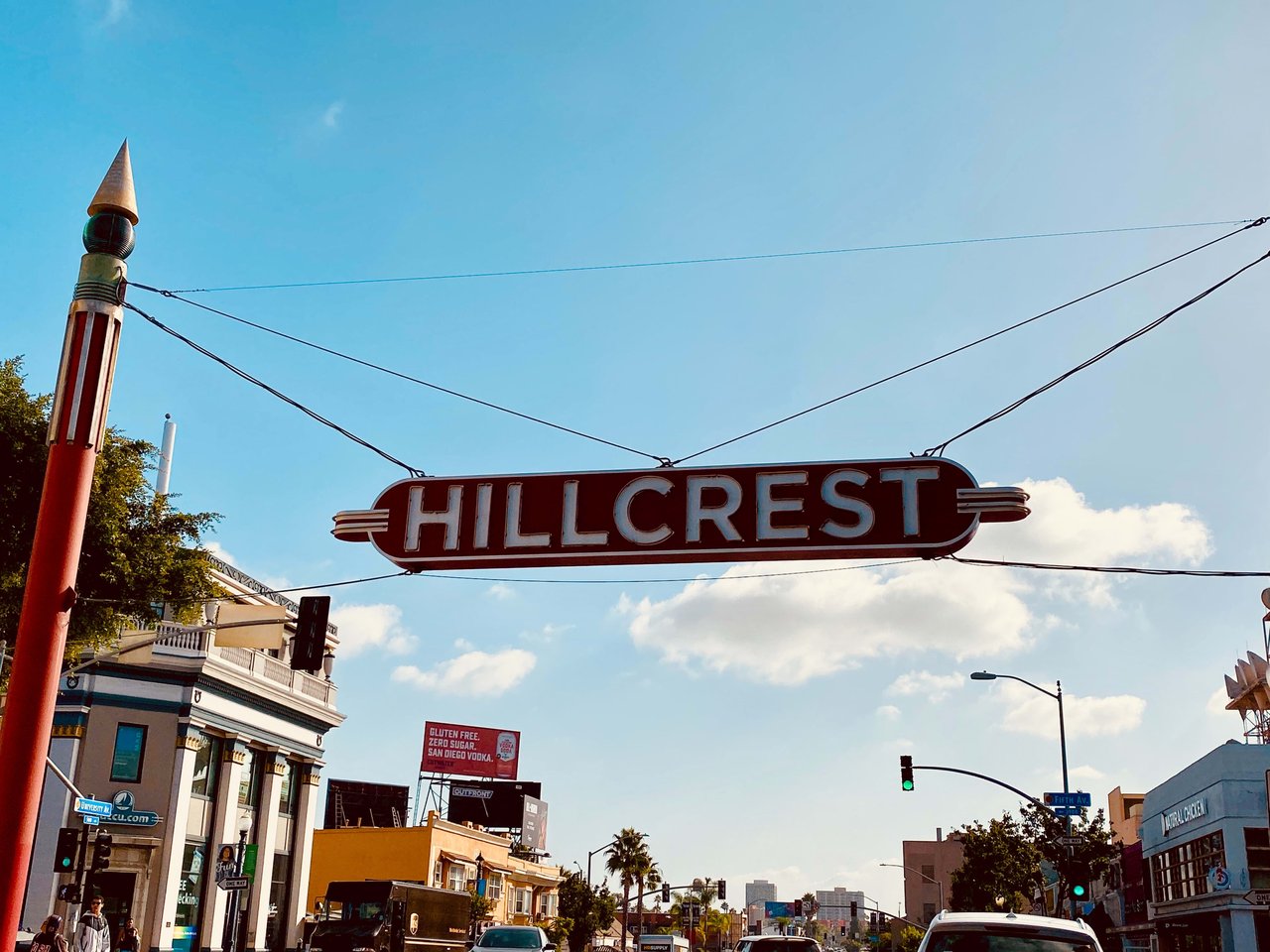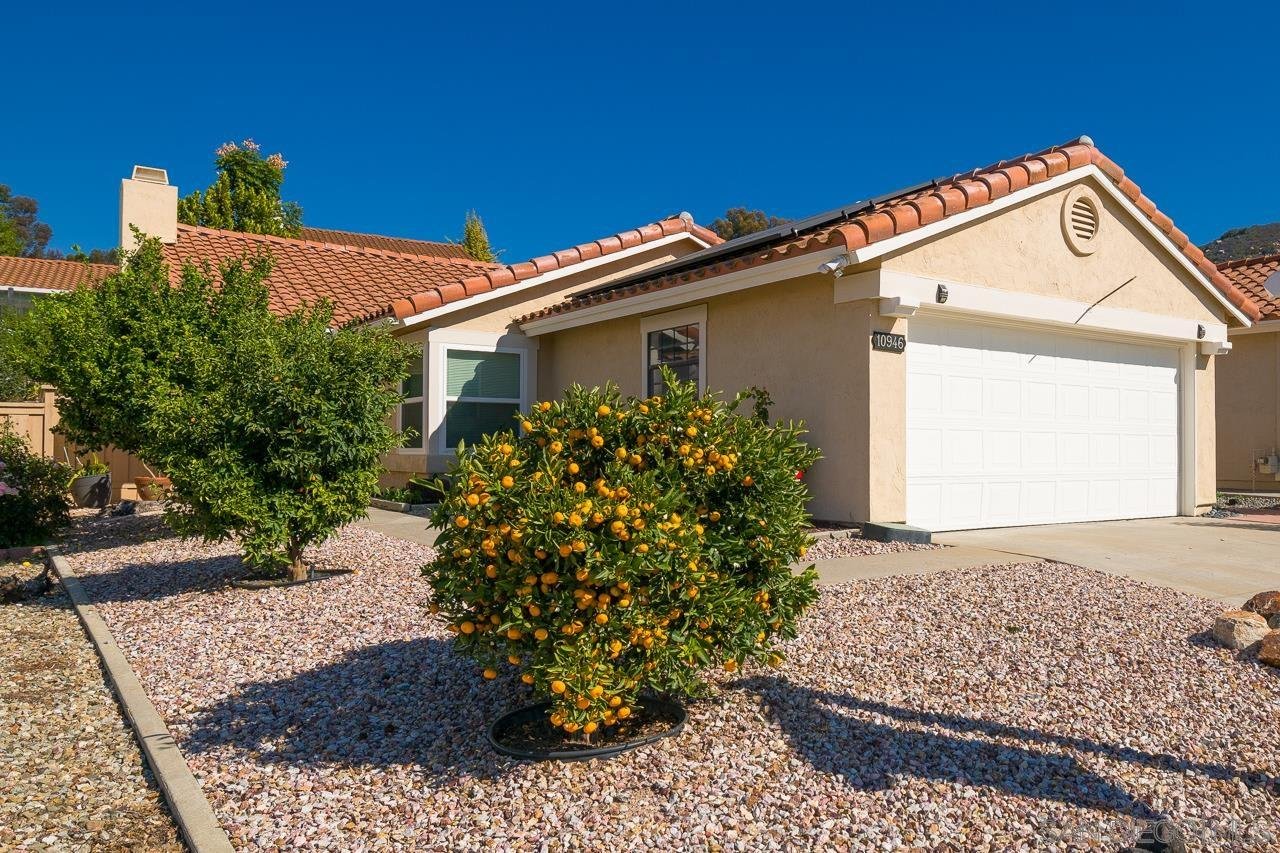Do you have dreams of continuing your investment portfolio, but you are unsure about all the tax lingo? Sharp-minded real estate investors have the ability to use 1031 exchanges to defer capital gains and make money. If you own an investment property and you are thinking about selling it to buy another property, you should know about the 1031 tax deferment. In this article, you will find a summary of key points and rules that you should know if you are thinking about getting started on a 1031 transaction.
1031 exchanges: The Basics

A 1031 exchange allows you the ability to trade one piece of real estate for another and defer payment of capital gains taxes. The term is named from the IRC (Internal Revenue Code) section 1031. Although you may be jumping up and down at the thought of deferring taxes and saving yourself money, there are a lot of tricky pieces that real estate investors must understand before giving them a shot.
Why would you want to defer capital gains tax? An investor will owe capital gains tax on any profits from an investment owned over one year. The long-term capital gains rate is at 15, 20, or even 28 percent, depending on your income. While these rates are typically lower than normal income tax, they can add up when you have profits from items like a home. If your home has appreciated in value since you bought it (which most do), you could owe a hefty tax amount.
The moral of the story is that if you want to keep as much profit as possible from your sale, you can defer these capital gain taxes by participating in a 1031 exchange.
Why would a 1031 exchange be helpful?
If you trade one investment property for another, the IRS does not consider it a capital gain. Your investment can continue to grow tax-deferred, and essentially, you can continue this pattern as long as you want. There is no limit to how many times you can do this, you can keep rolling over the profits from one investment to another, and so on. You will not have to pay taxes until you sell it for cash profit on the property many years later. The goal is that you would only have to pay one final capital gains tax when you finally decide to sell your Hillcrest real estate property.
1031 tax exchange rules
The property you exchange must be considered like-kind to defer capital gains tax. This means that both properties have to be used for business or investment purposes. Properties used for personal use, like a primary residence in Mission Hills real estate or vacation homes, will not apply to the like-kind exchange rules. However, the good news is that like-kind does not have to be the exact same type of real estate. This can be a rental home or apartment building exchanged for a plot of land. As long as the real estate is of the same nature, character, or class, it will count for the exchange!
Time is of the essence
Typically, it will be difficult to find an exchange that will work for you right away. That is why they consider most 1031 exchanges “delayed.” In a delayed exchange, you need an intermediary who holds the cash after you sell the property and uses that to buy the new one for you. You cannot keep any of this money, as it disrupts the IRS rules.
The 45-day rule
Within 45 days of the sale of your first property, you must assign the replacement property in writing to the intermediary who is helping you. Pro-tip: the IRS lets you choose three properties you are interested in as long as you close on one of them in the end.
The 180-day rule
Like the 45-day rule, there is a time limit on closing on your new property. You must close the property within 180 days of the sale of the old one. This is a lot of time caps, but there are seamless ways to make the process more pleasant. For example, you can buy the replacement property and still qualify for a 1031 exchange. The same rules apply with the new property and having an intermediary to hold before you identify the property you are using for the transaction.
How do you report the 1031-like-kind exchange to the IRS?
You must use Form 8824 and file it on your tax return for the year the exchange occurred. What the form asks for is more information so they can ensure your exchange is done legally. For instance, they will ask about the dates and descriptions of the property. They also inquire about any relationship between the parties who are behind the transaction. If you do not follow all the rules, you may be held liable later.
What is an example of a 1031 exchange?

We will say an investor owns a large condominium that has gone up in value over nine years, from $1.4 million to $2 million. He is proud of the appreciation his real estate has made over the years; however, he is looking to buy something else in an up-and-coming neighborhood nearby. The new apartment complex is selling for $2.2 million dollars, and the investor is ready to buy. By using the 1031 exchange, he could sell his condominium and buy the apartment complex without having to worry about any sort of taxes. His wealth will keep growing by increasing the profits of his assets.
1031 strategies and planning
If you need assistance with performing a 1031 exchange in San Diego and ensuring you are doing the best for the sale of your investment, it is key to work with a professional. The Emerson Group can help you come up with an action plan to achieve your goals and strengthen your investment portfolio. With expertise in 1031 tax exchanges, and as part of the number one team in San Diego, Nick Emerson at The Emerson Group wants to help.








